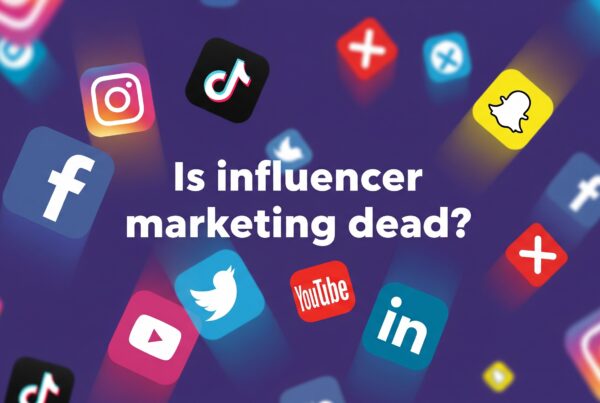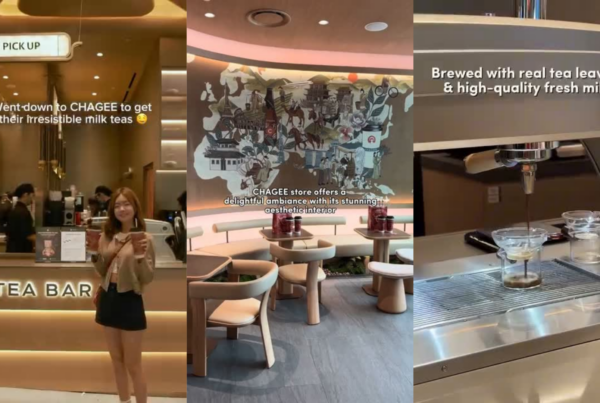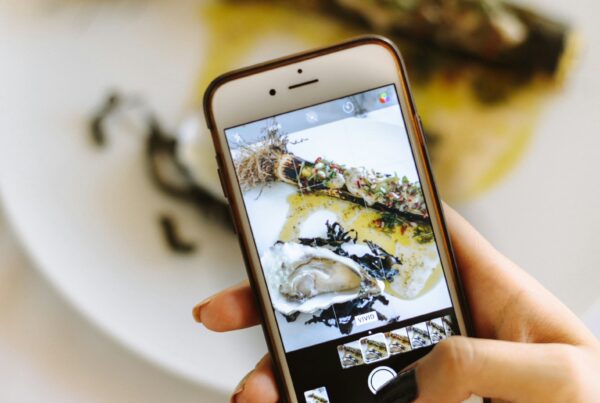Influencer Marketing Strategy
Key influencer marketing examples important for your influencer marketing strategy and influencer marketing campaigns. Influencer marketing strategy has undergone both expansion and democratization recently. More brand and companies are turning to influencers to create more authentic storytelling. Influencer Marketing Strategy has become the digital version of word of mouth advertising.

Advent of Social media
Influencers can reach people on new levels, and who qualifies to be an influencer. People who blog about food, clothes, or even review children’s toys can develop huge followings. They may qualify as influencers. To take advantage of these shifts, an influential marketing campaign must have specific elements.
Identify Your Goals
Key influencer marketing examples important for your influencer marketing strategy and influencer marketing campaigns. Obvious though this may sound, many people start an influencer campaign without a clear objective of what they want to achieve. Creating an influencer campaign is time-consuming so if you go down this road, you want to have a plan for a destination.
Goals can include:
- Increase Brand Awareness
- Drive Traffic to Content
- Boost Online Sales
- Increase Mobile App Installs
- Promote Seasonal Purchases
Use your goal as an endpoint and create a campaign around it.
Identify Your Audience
You need to first identify your audience. You should have relevant information at hand. But keep in mind that it depends on the scope of your influencer campaign. You may need to make adjustments accordingly.
- Where do they live?
- Which demographic groups are you trying to reach?
- What social media platform do they use?
- Who do they view as “experts” on the topics you want to promote?
Select Your Influencers
Create a pool of potential influencers by conducting online searches and scanning popular forums. Use analytics to identify trends on related topics and read posts to see who everyone is talking about. Once you’ve identified a few influencers, don’t be shy about asking them to give you additional names.

Narrow your list by relevance and influence
For relevance consider:
- What topics they discuss. Read several pieces of their content and review their comment section to assess their message.
- Whether their audience matches your target regarding age, gender, and location.
- If their personal brand a fit for your business brand.
If you find they have relevance to your target audience, determine if they have influence by reviewing their numbers including:
Therefore, use this information to invite select influencers to participate in your campaign.
An Organic Process
Unlike traditional marketing, this is a collaborative effort. You are inviting influencers into the process, thus, you will not have complete control over what they will say/do. To manage the contributors, create guidelines that include:
- Timelines
- Deliverables
- Content Limitations (topics, word count)
- Expectation of Results
Hence, remember that you want to use the influencers to promote your goods or brand. The influencers want to use this opportunity to expand their audience and raise their level of perceived authority. You must strike a balance, but do not lose sight of the fact that you brought this group together to serve your needs, and everyone else’s should be secondary.

The Deliverable
The most common deliverables of influential marketing pieces is a series of quotes to be used on a website, on a blog, or a compilation blog where the selected influencers present their opinions on your chosen topic. An excellent example of a way to implement influencer marketing is. What makes it a great example is it:
- Groups like influencers together.
- Provides a narrow topic for the influencers to address.
- Allows each influencer to promote their website and share social media links.
- Engages the reader.
- Is aligned to be optimized and equipped for social media engagement.




